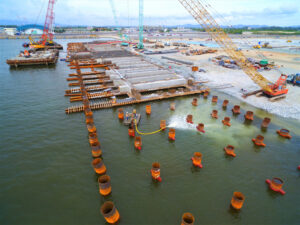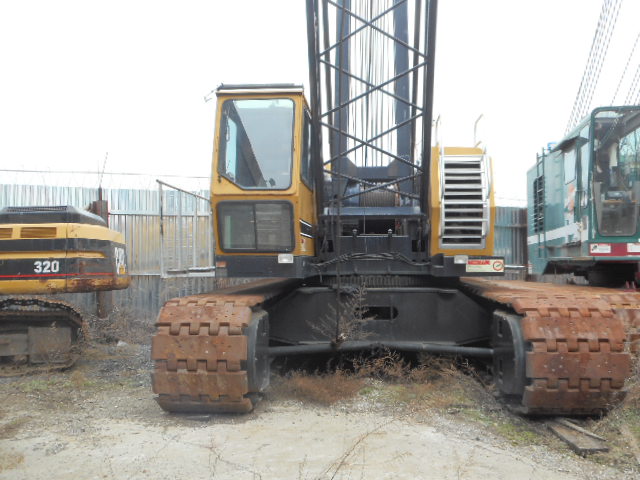The construction industry, a driving force behind economic growth and development, is intricately connected to fluctuations in interest rates. High interest rates, while capable of influencing economic activities on a broader scale, also hold a unique impact on the construction sector. This article delves into the multifaceted relationship between high interest rates and the construction industry, shedding light on both the negative and positive consequences they bring. From altered borrowing costs to shifts in project dynamics, understanding how high interest rates shape the construction landscape is vital for industry stakeholders seeking to navigate a complex terrain and capitalize on opportunities.
Negative Effects of High Interest Rates:
1. **Reduced Borrowing Affordability:** High interest rates inevitably lead to higher borrowing costs for construction companies. The cost of financing projects increases, affecting the feasibility of both ongoing and prospective ventures. The burden of higher interest payments can erode profit margins and strain financial resources.
2. **Slowdown in Residential Construction:** High interest rates impact potential homebuyers’ ability to secure mortgages. With increased borrowing costs, demand for new residential properties tends to decrease, leading to a slowdown in residential construction projects. This downturn can affect construction companies that heavily rely on residential projects for revenue.
3. **Delay in Large-Scale Projects:** Major infrastructure and commercial projects often involve long-term financing arrangements. When interest rates surge, the viability of such projects may come into question due to the elevated cost of capital. Consequently, there could be delays in the initiation or completion of large-scale construction endeavors.
Positive Effects of High Interest Rates:
1. **Inflation Management:** Central banks raise interest rates to curb inflation. When the economy is overheating, increased interest rates can help keep inflation in check. In this scenario, a controlled rate hike can prevent runaway inflation from destabilizing the construction sector by maintaining a stable economic environment.
2. **Shift to Non-Interest Rate Financing:** High interest rates can prompt construction companies to explore alternative financing methods, such as equity financing or joint ventures. While these options may involve relinquishing ownership stakes or sharing profits, they can provide a way to secure capital without incurring high interest expenses.
3. **Selective Project Approvals:** High interest rates often lead to a more stringent lending environment. Financial institutions become cautious about lending to riskier projects. This can result in a natural selection process where only financially sound and well-planned projects receive funding. This filtering mechanism promotes higher-quality projects within the industry.
4. **Attractive Investment Opportunities:** For investors seeking stable returns, the construction industry may become more attractive when interest rates are high. Construction projects that promise steady income streams—such as rental properties—may be perceived as secure investments, particularly when compared to more volatile financial markets.
In conclusion, the impact of high interest rates on the construction industry is nuanced, encompassing both negative and positive dimensions. While elevated borrowing costs and a potential slowdown in certain segments of the construction market pose challenges, high interest rates also serve as a mechanism for managing inflation and refining project quality. Industry stakeholders must vigilantly monitor interest rate fluctuations, adapt financing strategies, and leverage the potential opportunities that arise during periods of higher rates. By understanding and navigating these dynamics, construction professionals can position themselves to weather the challenges and harness the benefits of a changing economic landscape.

How do high interest rates positively and negatively affect the construction industry?
The article discusses how high interest rates can have both positive and negative effects on the construction industry. High interest rates can lead to increased borrowing costs for construction projects, potentially slowing down investment and development. However, they can also be a sign of a growing economy, which could lead to more construction activity. Additionally, higher interest rates can encourage more conservative financial practices, leading to better risk management and potentially more stable growth in the long run.
